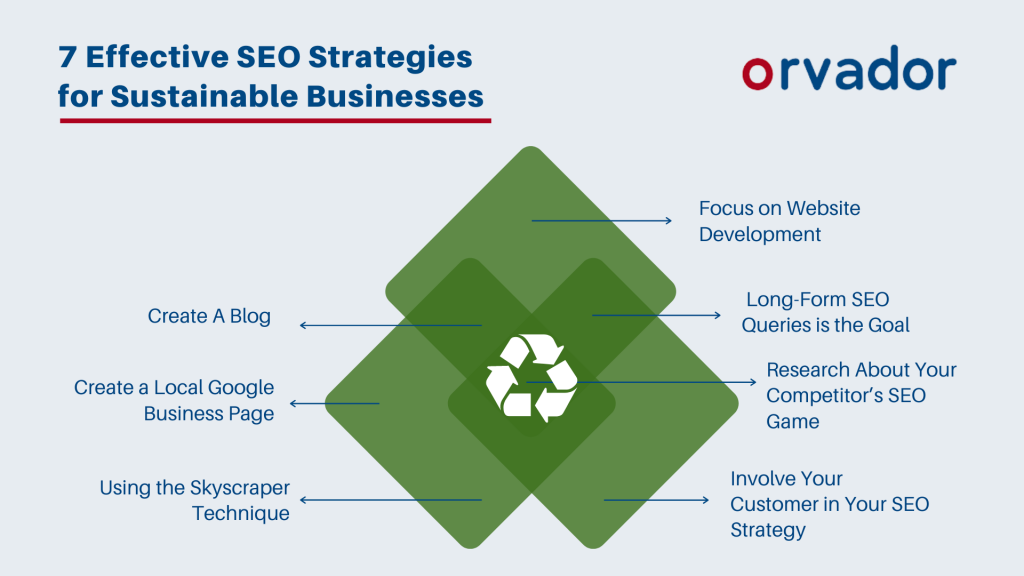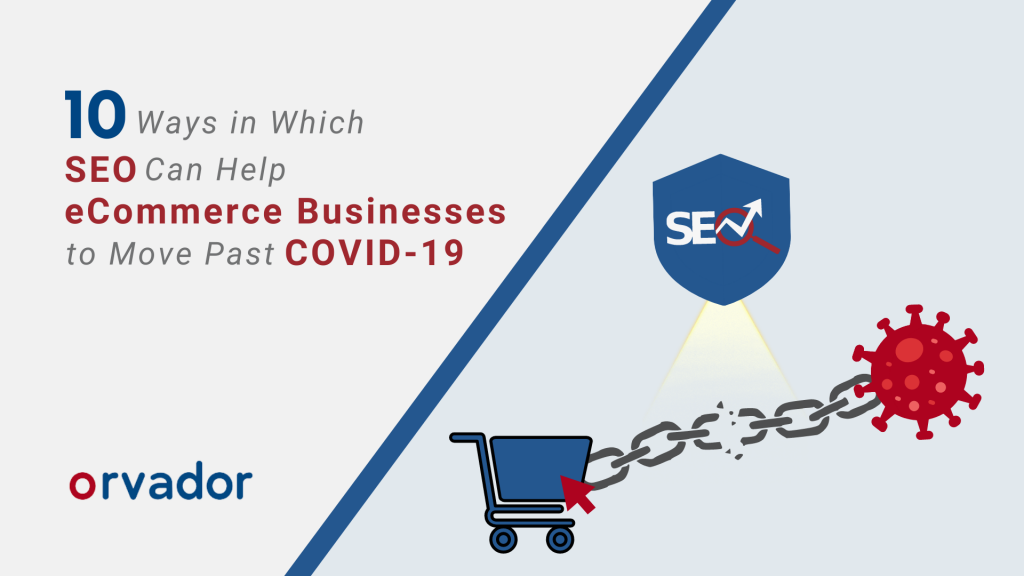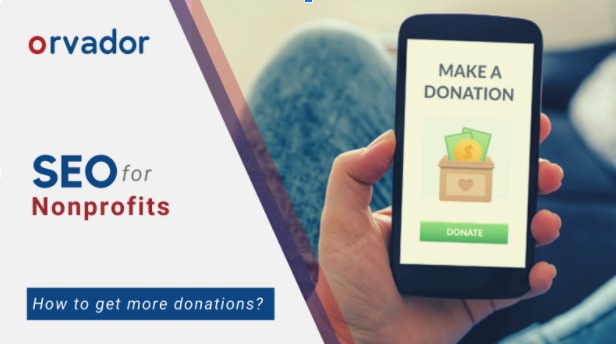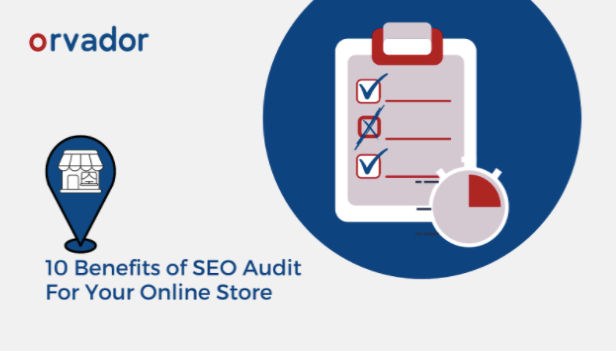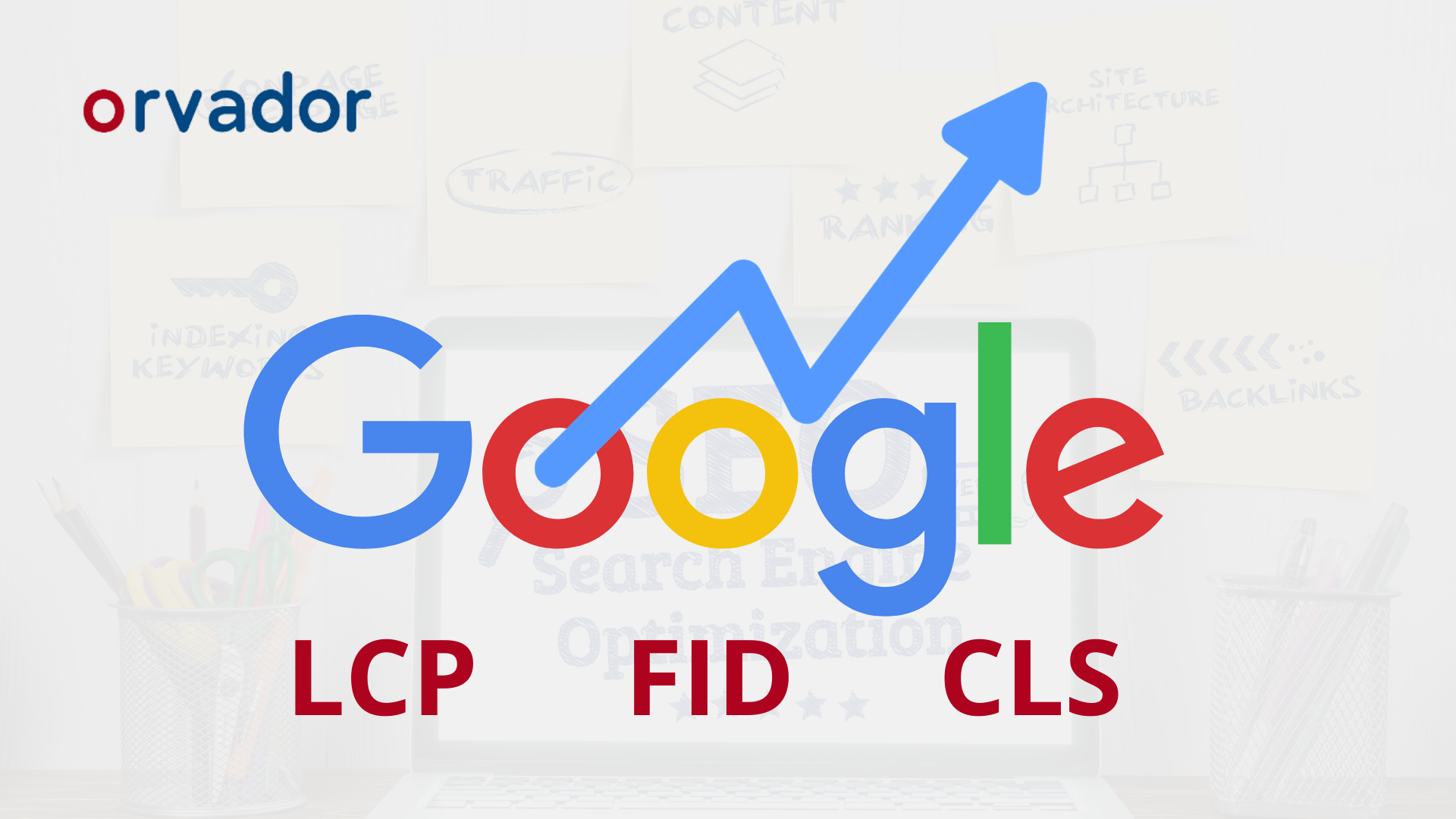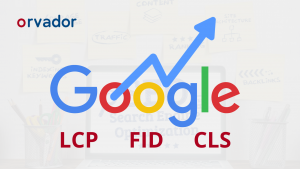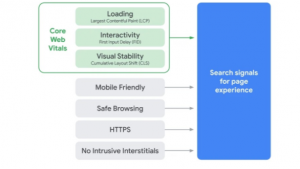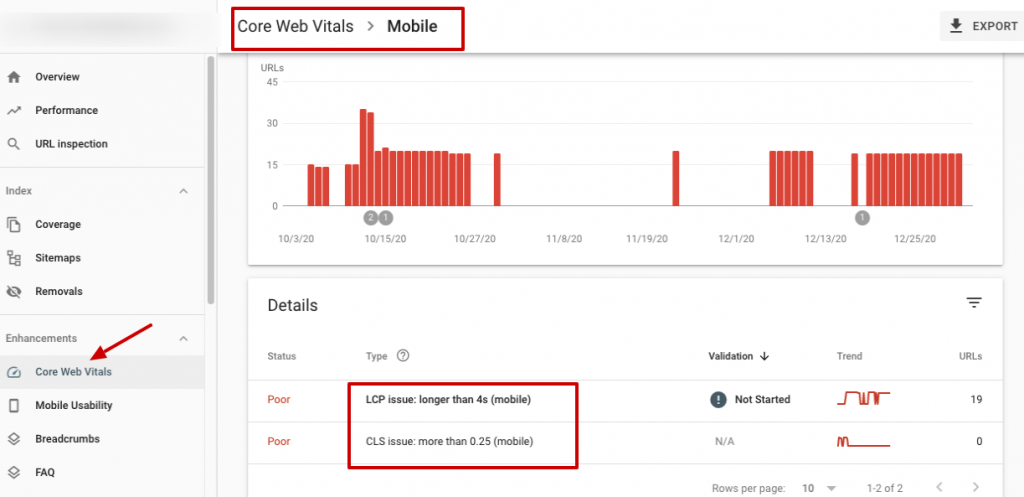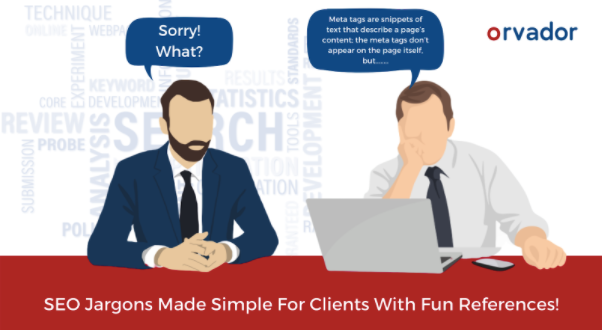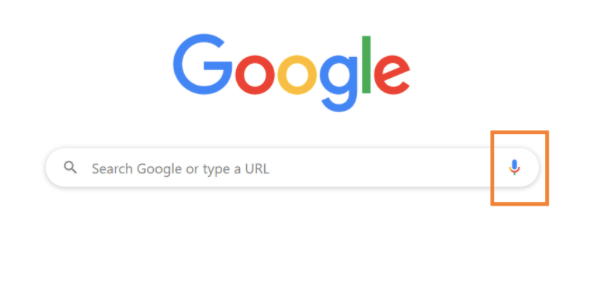Now, more than ever, sustainability is at the forefront of the global conversation. As consumers become aware of the environmental impact, brands are realizing that sustainable practices are not just about meeting consumer needs. They do things to make a difference. One of the most effective ways for brands to connect with this new generation of environmentalists is through sustainable marketing.
Orvador always strives to highlight the importance of sustainability in today’s business environment; look at some of our most effective sustainable marketing strategies that have helped brands grow and create a lasting image. We are here today, to explain why a digital marketing agency is essential for creating compelling stories for sustainable brands.
Why Should Marketers Consider Sustainability
Sustainability isn’t just a buzzword anymore. It’s a must-have. Climate change, resource crunch, and corporate social responsibility are taking the spotlight, and people are looking out for the brands they trust. A recent McKinsey & Co survey revealed that, nearly 75% of the youngsters consider the sustainability of a product before making the purchase decision – which clearly means sustainability and eco-consciousness are at the top of everyone’s mind today. Sustainable marketing isn’t just about meeting the needs of consumers, it’s also about making sure your brand is ready for the future. Businesses that adopt sustainable practices are more resilient in the long run, are economic, and boost their brand image. That’s where sustainable marketing comes in – it’s a great way for brands to show their support for positive change.
Sustainable Marketing Strategies for the Eco-conscious Brands:
In today’s ever-changing world of business, sustainable marketing strategies are a shining example of innovation and sustainability. Come join us on an adventure where eco-consciousness meets strategic genius, creating a future where businesses can grow responsibly and sustainably. These are the strategies that Orvador believes in, and have worked in favour of all our patrons.
These are just some of the techniques that Orvador believes in, and have worked in favour of all our clients:
1. Authenticity is a Must: Authenticity is the key to sustainable marketing. People can tell the difference between real dedication and greenwashing. Companies need to make sustainability a part of their identity and show how they’re doing their part to make a difference.
2. Content Matters: A digital marketing company can use content marketing to help people understand how their decisions affect the environment. Through blog posts, graphics, and videos, you can give people the info they need to make more eco-friendly choices.
3. Storytelling for Impact: Stories are what people want to hear, and that’s why sustainable marketing is so important. Create amazing stories and case studies that show why people should choose sustainable products, and how they can help make the world a better place.
4. Transparency and Traceability: Make sure you’re clear about where your products come from, how they’re made, and where they’re sold. Plus, having certificates and endorsements from people who know what they’re doing can help build trust with customers.
The Role of Digital Marketing Agencies in Sustainable Marketing
Digital marketing agencies are really important for brands that want to make a difference in the world. They help ensure their brand is seen and heard online, and use their knowledge of digital channels to get a sustainable message out. Here are the different ways digital marketing companies like Orvador can help with sustainable marketing:
1. Strategic Campaign Development: Digital marketing agencies are great at creating campaigns that are tailored to sustainable brands’ needs and values. They do a lot of research to figure out who their target audience is, what’s popular, and how to create campaigns that appeal to eco-conscious consumers.
2. Content Creation and Storytelling: Digital marketing agencies are great at writing content that shows how a brand cares about sustainability. They create blog posts, articles, videos, and infographics that tell stories that go beyond just the product. They make the brand more human and show how the brand goes through its sustainability journey. This helps them make a better connection with people.
3. Social Media Management: Social media is a great way to get your message out there and connect with people on a one-on-one basis. Digital marketing agencies use these platforms to create and implement social media campaigns that showcase a brand’s sustainability initiatives.
4. Data-Driven Insights: Agencies use analytics tools to get a better understanding of how people shop, what they like, and what’s going on in the world. With this data-driven approach, they can keep improving and staying ahead of the curve in an ever-changing digital world.
5. SEO for Sustainability: Digital marketing agencies use sustainable keywords and messaging in your website, content, and campaigns. This makes sure your brand is easily found by people who are looking for green products and info, so you can reach a more specific audience.
6. Partnerships and Influencer Collaborations: Digital marketing agencies can find influencers who share your brand’s values and work with them to create strategic partnerships and collaborations. This way, you can get your influencer’s audience engaged and help spread the word about your brand’s sustainability initiatives.
7. Monitoring and Reporting: Digital marketing agencies keep track of KPIs and create reports that show how successful your campaigns are. With this data-driven approach, you can track your impact, figure out what needs to be improved, and show off your sustainability efforts to people who care about your brand.
Sustainable marketing isn’t just a buzzword, it’s a game-changer that can completely change the way brands interact with consumers. With more and more people becoming more conscious of their impact on the environment, the key to sustainable marketing is to not only draw in eco-minded consumers, but also to actually make a difference. By teaming up with an experienced digital marketing agency that knows the ins and outs of sustainable marketing – such as Orvador, brands can really make a statement about how they’re committed to a better future. It’s not just about selling stuff — it’s about inspiring a movement to make the world a better place.
Brands can really tell a story about how committed they are to a better future. It’s not just about selling products — it’s about motivating a team to make the world a better place.

